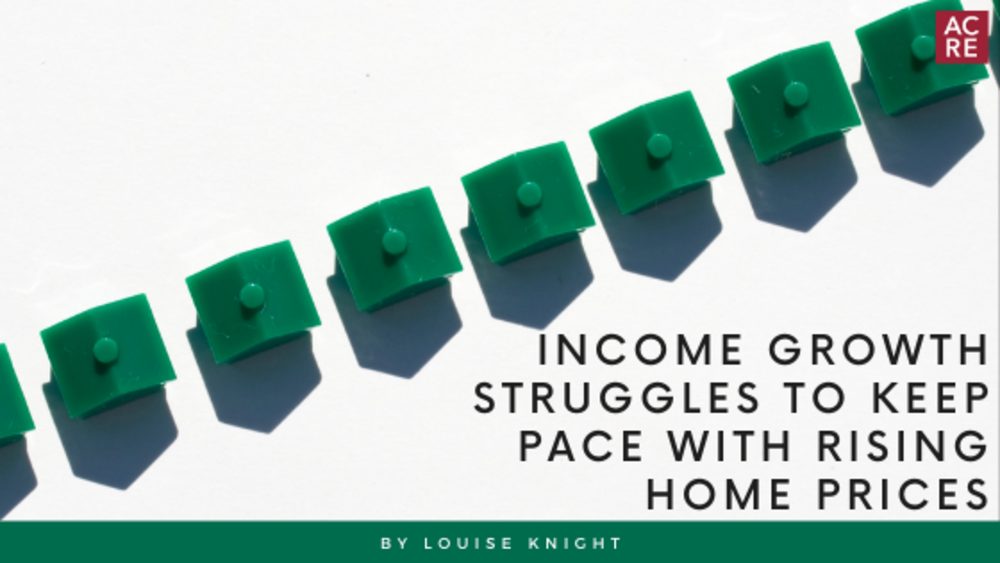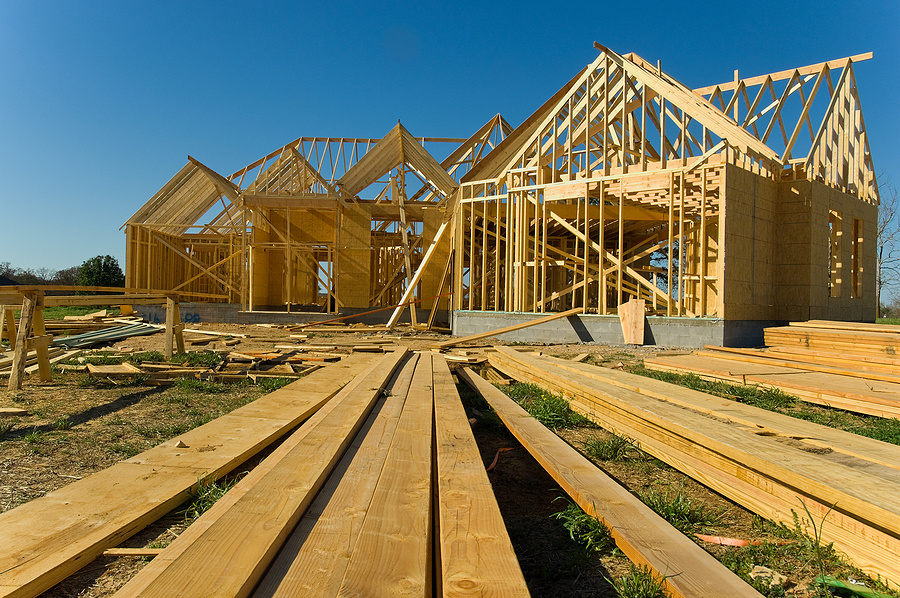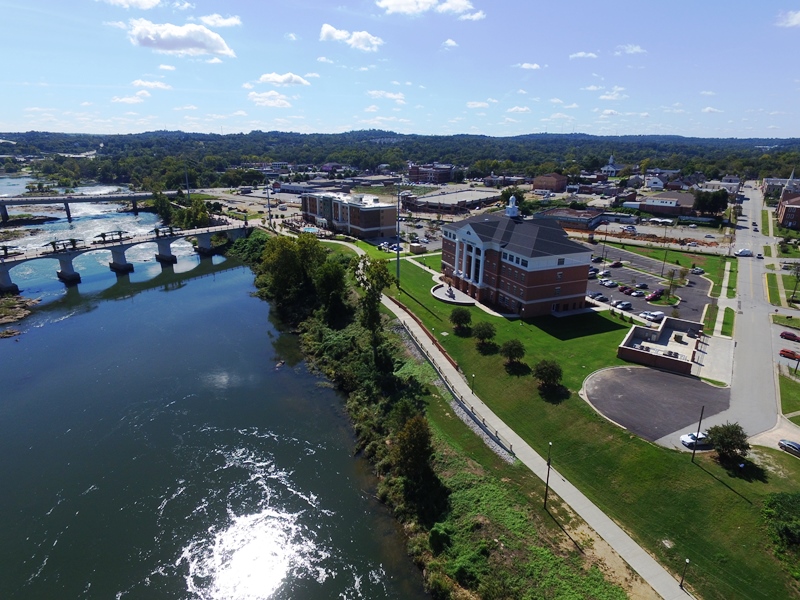The prices of homes in the US have been increasing at great rates, currently at the “fastest rate on record.” While it is concerning for the average homebuyer that prices are increasing alone, what adds to this issue is the fact that household incomes are not increasing at the same rate. From 1960 to 2017, the median price of a home in the US increased 121%, while the median household income only rose by 29%. To read more about this click here.
In general, a good home value-to-income ratio sits at around 2.6. However, ratios in the US and Alabama have been over this number for a while now. In 2020, the national ratio was 4.72 and the ratio in Alabama was 3.09. Shown below is a graph comparing the ratios of the US and Alabama from 2002-2021. Also shown on the graph is the 2.6 “healthy ratio” for comparison.

To view the data used to create this graph click here.
National and statewide ratios seem to follow the same trends, as shown by the similar shapes of their lines on the graph. While still over the 2.6 ratio, Alabama’s numbers still show much greater affordability than the national average. The South continues to be a more affordable region than others, but is not exempt from the declining affordability seen across all four regions. The Midwest declined 12.0%, the Northeast 10.7%, the South 9.8% and the West down 8.2% from last month. For more information click here.
Looking at the graph below, Alabama has shown a growing increase in house prices. On the other hand, the viewer can also see the almost stagnant income growth. This representation of Alabama is what is happening all across the country in many different states and nationwide as a whole. Especially with the changes in the economy and housing market due to the COVID-19 pandemic, not much is changing to fix this big difference in growth.

To view the data used to create this graph click here.
Below are two maps from The Joint Center for Housing Studies of Harvard University. The maps show the price-to-income ratios in different parts of the US in both 1980 and 2017. The increase in the ratios in the country can be seen by the change in colors across the map between the two years. Large metropolitan areas in California such as San Jose, Los Angeles, and San Francisco have grown to have a ratio of over 8 in 2017, making them some of the most largely unaffordable areas in the country. Even less populated areas in states like North Dakota, Montana, and Colorado have ratios that have passed the 2.6 threshold since 1980.


According to the website Clever, in 2019 only 16 of the 100 greatest populated cities in the US had a household price-to-income ratio that was below 2.6. This poses a problem for lower income families. Higher-income individuals are experiencing income increases at rates much higher than those lower-income individuals. Therefore, this contributes to the increases in housing costs because of the lower inventory and their ability to compete with money in a fierce market. To read more about this click here.
With the economic effects of COVID-19 and the current housing market trends, the national and state ratios do not seem to be returning to 2.6 in the near future.





